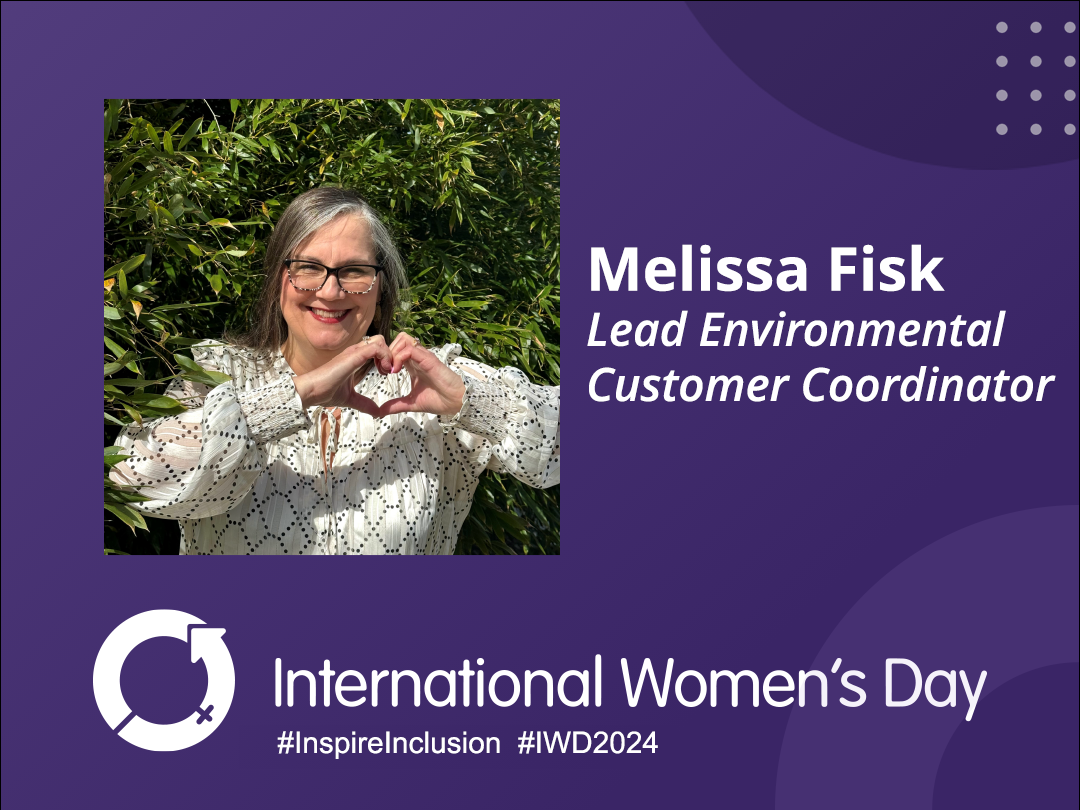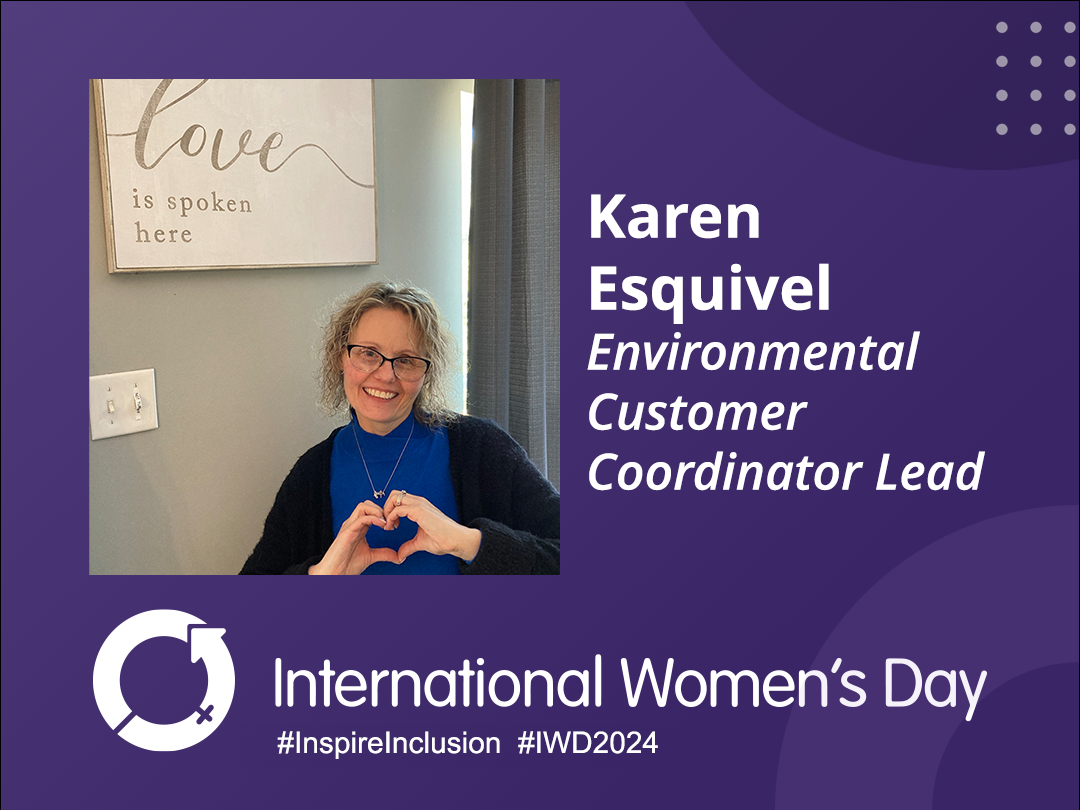In the part one post on this subject we mentioned that the allure posed by less stringent regulations in Satellite Accumulation Areas (SAAs) can be problematic for generators who might misclassify their accumulation areas as SAAs instead of the more regulated 90-day areas. Since this is a violation of EPA regulations it is imperative that generators know not only the difference between the two storage area types but also what must be done at each.
What is the difference between an SAA and a 90-Day?
A 90-day storage area is different from an SAA because it is an area where wastes can be stored for less than 90 days without a permit. An SAA has no strict time limit associated with it, just a quantity limit. Additionally, the time clock for wastes stored in an SAA does not start until the waste is moved to the waste storage area, in this case a 90-day. So the two differences between SAAs and 90-days is the amount of waste that can be stored and the length of time it can be stored before needing to be treated or shipped offsite for management.
How should containers be managed in a 90-Day?
As stated by the EPA, “The moment that waste is placed in the container, containers holding hazardous waste must be managed to prevent spills of hazardous waste.” The best way to prevent spills is by making sure that your containers are in good condition before, during, and after waste is placed in them. Containers in good condition should be free of dents and corrosion (which weaken the container), free of leaks, structurally sound, and devoid of bulges.
According to §265.171, “If a container holding hazardous waste is not in good condition, or if it begins to leak, the owner or operator must transfer the hazardous waste from this container to a container that is in good condition, or manage the waste in some other way that complies with the requirements of this part.”
What if the containers in the 90-Day are already filled?
Companies that generate and store hazardous waste should have written procedures in place detailing how containers should be managed. Additionally, all employees should be trained in the procedures. At minimum the EPA requires that generators:
- Keep containers closed at all times, except when…adding or removing waste from the container;
- Be careful when…handling the containers. [Generators] must open, handle, and store containers to prevent ruptures or leaks. For example, use drum grapplers to lift and move drums — don’t hand-roll the drums from one area to another; and
- [Take note] if the container begins to leak, or you notice dents or bulges, [if this happens] transfer the waste to another container.
In addition to all of this, generators must also prevent reactions of ignitable and/or incompatible wastes. We will cover this topic in an upcoming blog post.
Quoted and cited information for this blog post (unless otherwise noted) was gathered from the EPA Handbook for Hazardous Waste Containers. As always, this blog post is not intended to be comprehensive and it is always best to check with the EPA and local government for full, up-to-date, rules and regulations.
More News From Heritage
-
3/12/24
Equal Pay Day – Spotlighting Our Female Drivers
-
3/8/24
International Women’s Week Spotlight – Shannon Dippel
For International Women's Week, we're spotlighting some of the incredible women in the Heritage family. Our final spotlight is Shannon Dippel.
-
3/8/24
International Women’s Week Spotlight – Susan Adams
For International Women's Week, we're spotlighting some of the incredible women in the Heritage family. Our sixth spotlight is Susan Adams.
-
3/7/24
International Women’s Week Spotlight – Lea Wilson
For International Women's Week, we're spotlighting some of the incredible women in the Heritage family. Our fifth spotlight is Lea Wilson
-
3/7/24
International Women’s Week Spotlight – Melissa Fisk
For International Women's Week, we're spotlighting some of the incredible women in the Heritage family. Our fourth spotlight is Melissa Fisk.
-
3/6/24
International Women’s Week Spotlight – Taylor Harvey
For International Women's Week, we're spotlighting some of the incredible women in the Heritage family. Our third spotlight is Taylor Harvey
-
3/5/24
International Women’s Week Spotlight – Karen Esquivel
For International Women's Week, we're spotlighting some of the incredible women in the Heritage family. Our second spotlight is Karen Esquivel.
-
3/5/24
Heritage Environmental Services Announces HP Nanda as CEO; CEO Jeff Laborsky Transitions to Board of Directors
Heritage Environmental Services (“HES”) announced today that HP Nanda will join the organization as CEO.








